 “>
“>
Almost unheard of, but welcome.
 “>
“>
Almost unheard of, but welcome.
Last night’s evening woolgathering on the day’s activities and discoveries (which is usually an hour or so after 9, accompanied by something tasty in the liquid line) found me reminiscing about the Blue Ship Tea Room, an uber-funky restaurant on Boston’s T Wharf in the 1940s and 1950s, which I visited with my parents on several occasions. They had whale steak on the menu, and the whole experience was memorable: you parked someplace on T Wharf itself, then walked up an exterior staircase to the third floor of a rickety building. The view of Boston Harbor was remarkable. Some searching discovered a wonderfully redolent photograph:
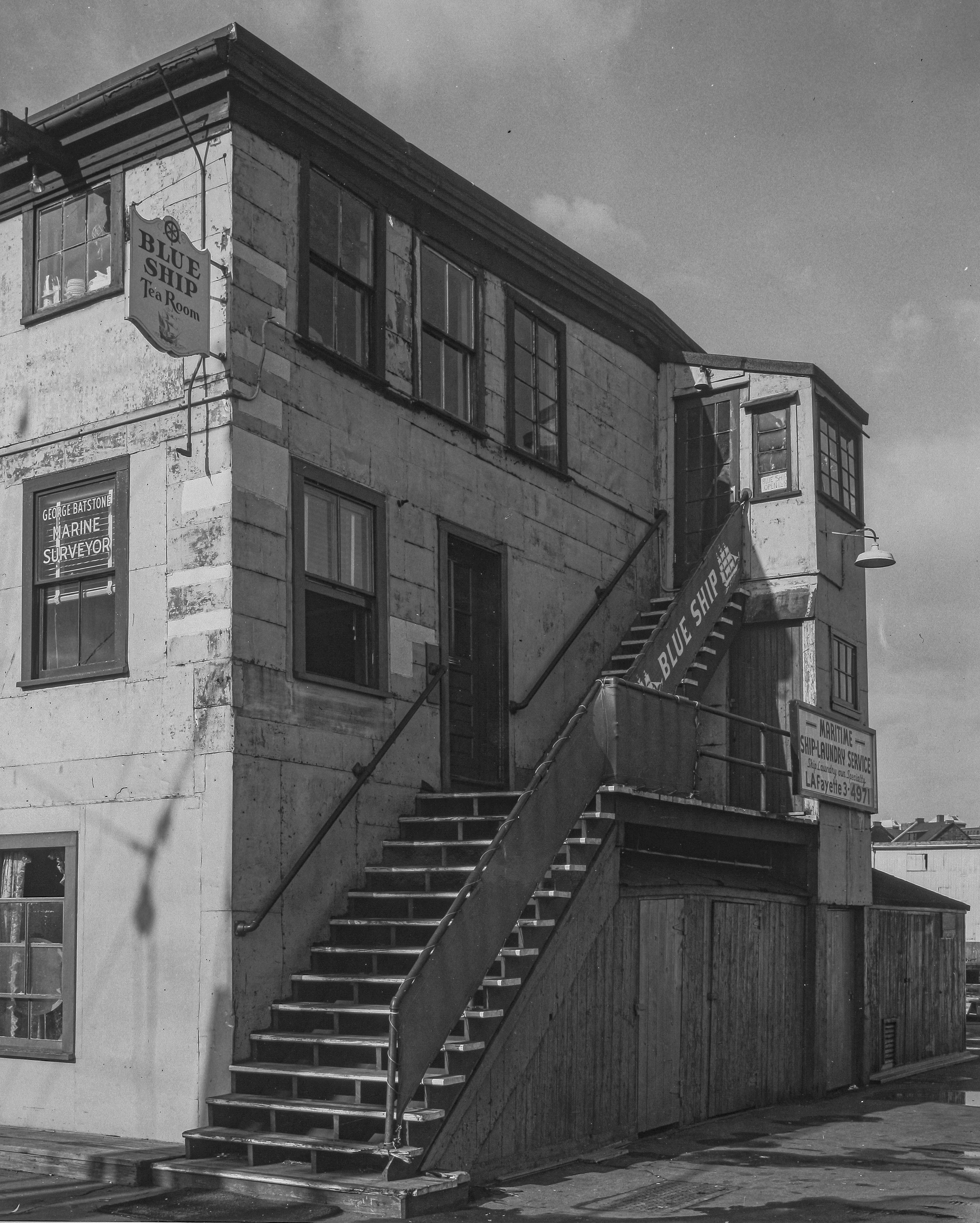
A long, faded-yellow loft building now used for apartments, a few lonely fishing boats, and an occasional tourist are all that remain today of what in better days was one of the world’s greatest fishing wharves. Perhaps the only fish people could see at T Wharf in recent years were those they consumed off of the willow pattern china at the Blue Ship Tea Room, a popular seafood restaurant at the tip of the wharf.
Situated near the foot of State St., where it meets Atlantic Avenue, T Wharf was built sometime between 1708 and 1718 as a relatively unimportant appendage to adjacent Long Wharf, which, until 1868, extended all the way back to historic Faneuil Hall and docked the greatest schooners of its day along approximately one mile of pier…
and so forth, well worth reading in full.
My search also caught an advertising brochure and the tails of a marvelous tale of Massachusetts legal history, in Priscilla D. Webster v. Blue Ship Tea Room, Inc., which details a case that sprawled over the period 1959-1964 and turned upon questions of proper chowder. A few of the delicious chowdery bits:
The plaintiff, who had been born and brought up in New England (a fact of some consequence), ordered clam chowder and crabmeat salad. Within a few minutes she received tidings to the effect that “there was no more clam chowder,” whereupon she ordered a cup of fish chowder. Presently, there was set before her “a small bowl of fish chowder.” She had previously enjoyed a breakfast about 9 A.M. which had given her no difficulty. “The fish chowder contained haddock, potatoes, milk, water and seasoning. The chowder was milky in color and not clear. The haddock and potatoes were in chunks” (also a fact of consequence). “She agitated it a little with the spoon and observed that it was a fairly full bowl…. It was hot when she got it, but she did not tip it with her spoon because it was hot … but stirred it in an up and under motion. She denied that she did this because she was looking for something, but it was rather because she wanted an even distribution *423 of fish and potatoes.” “She started to eat it, alternating between the chowder and crackers which were on the table with … [some] rolls. She ate about 3 or 4 spoonfuls then stopped. She looked at the spoonfuls as she was eating. She saw equal parts of liquid, potato and fish as she spooned it into her mouth. She did not see anything unusual about it. After 3 or 4 spoonfuls she was aware that something had lodged in her throat because she couldn’t swallow and couldn’t clear her throat by gulping and she could feel it.” This misadventure led to two esophagoscopies at the Massachusetts General Hospital, in the second of which, on April 27, 1959, a fish bone was found and removed. The sequence of events produced injury to the plaintiff which was not insubstantial.
We must decide whether a fish bone lurking in a fish chowder, about the ingredients of which there is no other complaint, constitutes a breach of implied warranty under applicable provisions of the Uniform Commercial Code,[1] the annotations to which are not helpful on this point. As the judge put it in his charge, “Was the fish chowder fit to be eaten and wholesome?… [N]obody is claiming that the fish itself wasn’t wholesome…. But the bone of contention here I don’t mean that for a pun but was this fish bone a foreign substance that made the fish chowder unwholesome or not fit to be eaten?”
…The defendant asserts that here was a native New Englander eating fish chowder in a “quaint” Boston dining place where she had been before; that “[f]ish chowder, as it is served and enjoyed by New Englanders, is a hearty dish, originally designed to satisfy the appetites of our seamen and fishermen”; that “[t]his court knows well that we are not talking of some insipid broth as is customarily served to convalescents.” We are asked to rule in such fashion that no chef is forced “to reduce the pieces of fish in the chowder to miniscule size in an effort to ascertain if they contained any pieces of bone.” “In so ruling,” we are told (in the defendant’s brief), “the court will not only uphold its reputation for legal knowledge and acumen, but will, as loyal sons of Massachusetts, save our world-renowned fish chowder from degenerating into an insipid broth containing the mere essence of its former stature as a culinary masterpiece.”
and worth reading in its entirety, especially by New Englanders born and bred (and perhaps likely to be somewhat incomprehensible to others not so endowed).
Just one more bit of glorious serendipity in all of this: the MIT Libraries photograph above references György Kepes and Kevin Lynch (he of the still-essential The Image of the City). Kepes had worked with László Moholy-Nagy in Berlin and London, and “after immigrating to the U.S. in 1937, he taught design at the New Bauhaus (later the School of Design, then Institute of Design, then Illinois Institute of Design or IIT) in Chicago. In 1967 he founded the Center for Advanced Visual Studies at the Massachusetts Institute of Technology (MIT) where he taught until his retirement in 1974.” (Wikipedia). He was also a colleague of Len Gittleman, our photography teacher at Harvard 1963-1965, and was himself a photographer. A few years ago, while exploring in Mount Auburn Cemetery, I came across his grave:


sitoutunut aamiaiseen (Finnish)
elkötelezett a reggelire (Hungarian)
scelus est prandium (Latin)
komited untuk sarapan pagi (Malay)
kahvaltıya adanmış (Turkish)
skuldbundinn til morgunverðar (Icelandic)
dealasach airson bracaist (Scots Gaelic)
gosaltzeko konpromisoa (Basque)
toegewijd aan het ontbijt (Dutch)
engagerad i frukost (Swedish)
wedi ymrwymo i frecwast (Welsh)
So it got to be noon and I was starting to make tuna salad for lunch and Broot says “I see that the Special at Home Kitchen is ropa vieja…” which happens to be one of my 30 or 40 most favoritest things at Home Kitchen. Flank steak in a Cuban sauce, with green olives, tomato, onion, green peppers, served with rice. So into town I went:
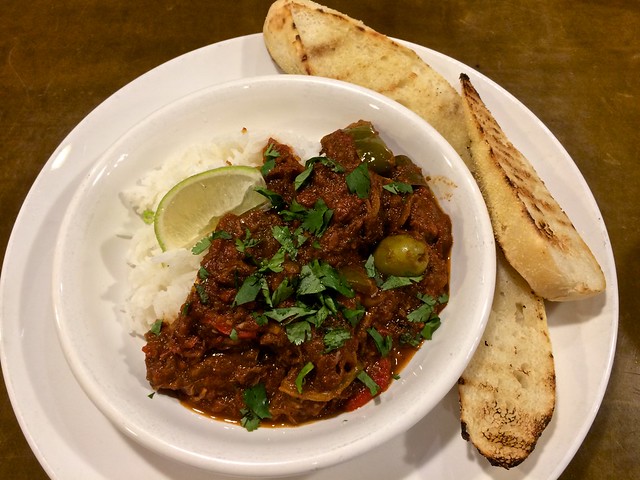
So there I was, most of the way through today’s breakfast (my version of menemen, Turkish eggs with tomato and scallion and Urfa peppers and oregano, with a side of kimchi) and this showed up:
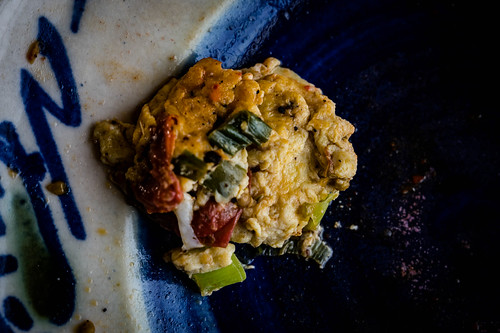
Lately we’ve been exploring what can be done with ground duck. Last night I used half a pound in a stir-fry (with tofu, collards, a tomato; and using a Thai prik mixture smuggled by a friend) and there was a half pound of duck left… So I went to sleep on it, and woke up thinking about a solution: fine choppage of ginger, scallions, cilantro (all withering in the refrigerator and needing to be used); mix with duck; shape into little torpedoes; steam, or sauté, or poach. I followed that inspiration through several steps:
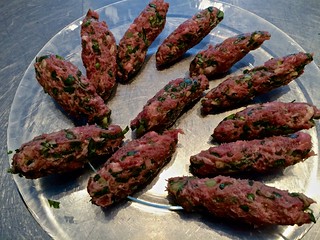
Others have found themselves deep in it:


Evidently quenelle derives from knödel, at least in the mind of the OED, so we’re somewhere in dumpling-land, a pleasant place to be on a snowy Sunday morning.
This last week in Turkey I learned a lot, I mean really a lot. In the area of ostensible purposes of the trip (Turkish cooking, photographing food) I’m just beginning to …erm… digest the learning, but this morning’s feedings are a good place to begin to try to articulate a few of my discoveries. There may be many more posts along these lines, as I process more photos from the trip and begin to construct narratives out of their constituents.
Nobody will be surprised that our first stop, even before going home, was Home Kitchen Cafe (it being 10ish, and we having driven 3+ hours from the park’n’fly hotel we’d flopped in after a day of flying Istanbul-Paris and then Paris-Boston). And Home Kitchen never disappoints:

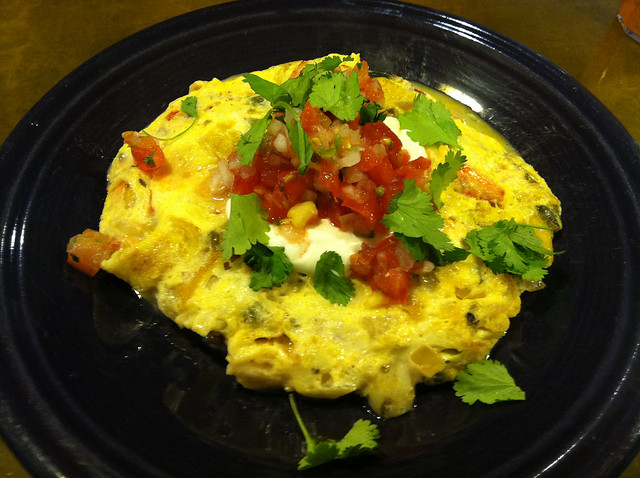
I did have the real camera with me, so I did a couple of shots with that and they provide food (so to speak) for thought. First I did Betsy’s lobster stew:
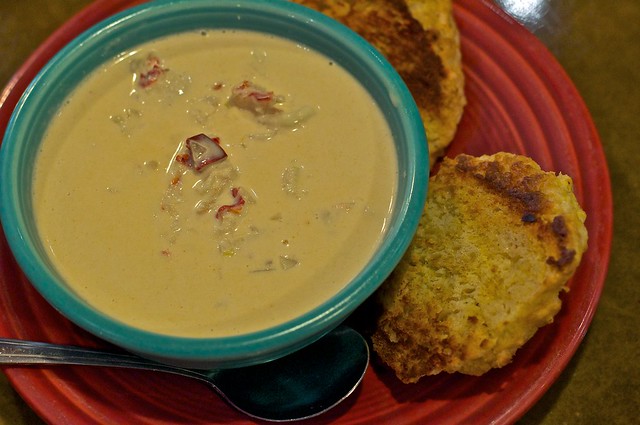
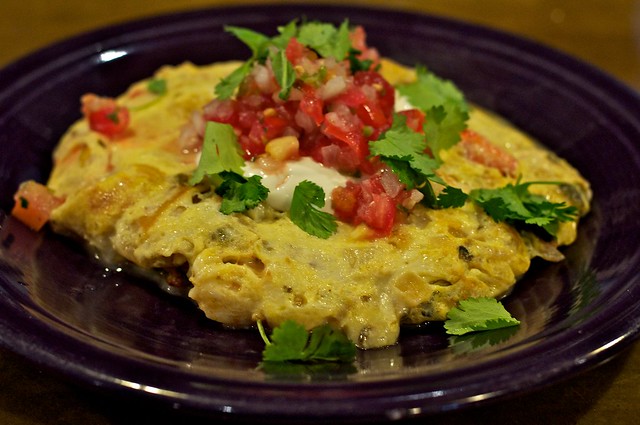
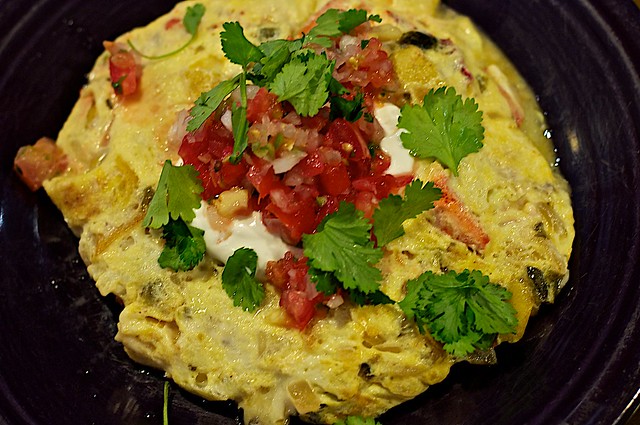
Turns out that the Istanbul flight departs from Terminal 2, not the fancy new Terminal 4. Terminal 2 is a relic of oh I dunno maybe the 80s? The amenities are dog-eared and even in the heyday the place was no prize. Wi-fi is pay-as-you-go, but there are places to plug in, and I’m paid-up and in-plugged.
The food question is a bit vexed, with a few of the usual suspects (Starbucks, etc.) and some one-offs. We surveyed the possibilities and were taken in by something called Croque™ Madame, which had at least the possibility of something cooked by human hands.
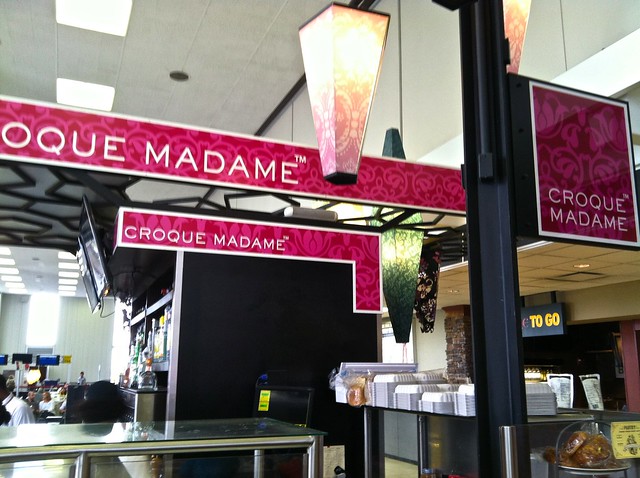
We opted for the eponymous Croque. You get what you pay for, I suppose, and for lotsa money tis is what we got:




Lately I’ve been taking my 87-year-old neighbor Don Miller shopping in Rockland. He’s a garrulous and interesting dude, long-time mechanic and lifelong Midcoast Maine resident, pretty fiercely independent (“they wanted to put me in a nursin’ home, but I wouldn’t have none of it…”) but no longer able to drive himself. I’ll hope to do him more justice another time, but here he is in his usual plumage:

Midcoast Maine is pretty far from the Big Time of American food crazes, but I was interested to see the variety that demands shoppers’ attention these days. Take couscous, scarcely a staple of the traditional diet of this region:







Here’s an experiment with the mundane, testing a new lens and preparing for the Turkey trip. We begin with a cup of rolled oats (‘old fashioned’ and Quaker):
The foam starts to rise shortly after the oats meet the boiling water (2 cups, with about 1/8 teaspoon salt), so the heat is turned down just enough:

So begins a series of subtle changes in consistency and texture, interesting to meditate upon as states progress:

Nearly done, still needs a couple of minutes with heat off and cover on the pot:

In the bowl (note: bowl shaped and sized such that a cocker spaniel wouldn’t wet its ears):

And with blueberries and just a hint of maple syrup:

The last two shots are a bit disappointing –I should have upped the ISO and shutter speed, or better yet used a tripod… but I was in too much of a hurry because I wanted to taste the result. Note to self: several object lessons there.